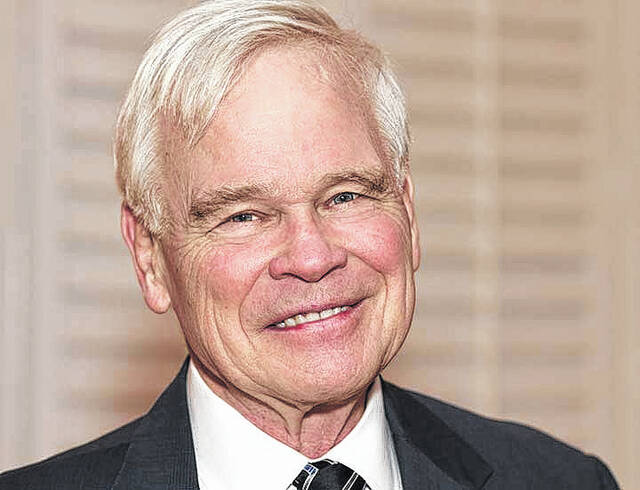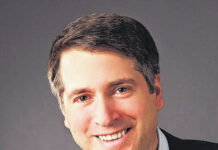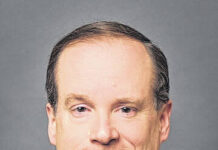HIS VIEW
The late Davidson economics professor Charles Ratliff was a great teacher who almost led me to a beginning understanding of economics.
Although not accomplishing that objective, he left me with a love of the subject and a long-standing interest in learning more. As a part of this course, Ratliff taught us the history of economic thought.
He used Paul Samuelson’s text, titled simply “Economics,” as our guide. Samuelson, like Ratliff, was a Keynesian, which meant, I think, that when a nation’s economy is struggling, it is a time for the government to pour money into the economy to stimulate activity.
It was, and still is, hard for me to understand how all that works, but I am comforted by the fact that others also have trouble dealing with economic theory.
A few years ago, I tried to get Professor Ratliff to help me understand how these things work. I asked him, “How does the government pouring money into the economy help it grow?”
“Well,” Ratliff said, “that depends on what you mean by money.”
I am still struggling about his response to my query. I thought of it again the other day when I read about the death of another noted Keynesian, Robert M. Solow, the winner in 1987 of the Nobel Memorial Prize in economic sciences.
According to his obituary by Robert D. Hershey Jr. and Michael M. Weinstein in the Dec. 21, 2023, edition of The New York Times, “He won the Nobel for his theory that advances in technology, rather than increases in capital and labor, have, been the primary drivers of economic growth in the United States…”
Before Solow set out a different approach, it was generally accepted that economic growth was determined by the growth of capital and labor. But according to his obituary, Solow “could not find data to confirm that common-sense presumption.”
What then does determine growth? Entrepreneurs? Geography? Legal institutions? Something else?
Solow told the writers who, years in advance, were preparing his obituary, “I discovered to my great surprise that the main source of growth was not capital investment but technological change.”
What kind of technological change would lead to growth? The telephone? The steam engine? The computer?
The technological change that promises to grow the current economy is, of course, Artificial Intelligence or A.I.
Already, A.I. is taking on tasks that would be impossible or prohibitively expensive if using ordinary research tools.
Given an assignment to write a news article that would include a history of government regulation of atomic energy, for instance, A.I. could sort the text of every newspaper report ever written on the topic and select the relevant material. Then, it could instantly assemble a news article that would have taken a reporter hundreds of hours, days or even years, to research and write.
Recognizing the value of A.I.’s contribution, there is still a problem. Where does A.I. get the newspaper texts and other necessary information to assemble and write its report? Who, if anyone, must it compensate for the use of these materials?
The New York Times took an important step towards finding an answer to this question last week when it sued A.I. entities, including OpenAI and Microsoft, owners of the popular A.I. program ChatGPT.
The lawsuit accuses the defendants of seeking a free ride on “The Times’s massive investment in its journalism” and alleges that OpenAI and Microsoft are “using The Times’s content without payment to create products that substitute for The Times and steal audiences away from it.”
However the lawsuit turns out, A.I. is here to stay.
I wish Professor Solow were here to explain how and how much it could increase the nation’s wealth.
D.G. Martin, a retired lawyer, served as UNC-System’s vice president for public affairs and hosted PBS-NC’s North Carolina Bookwatch.








